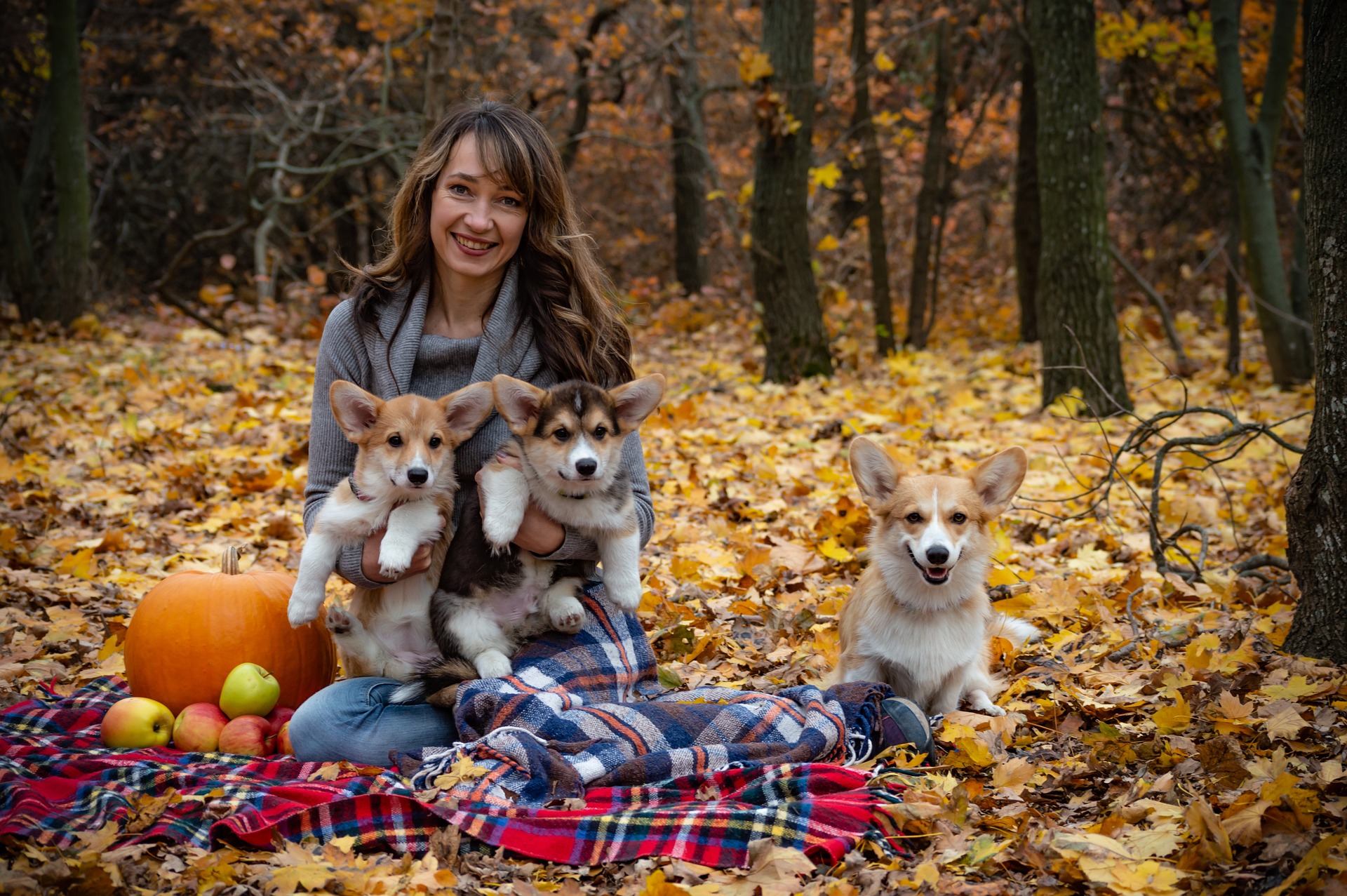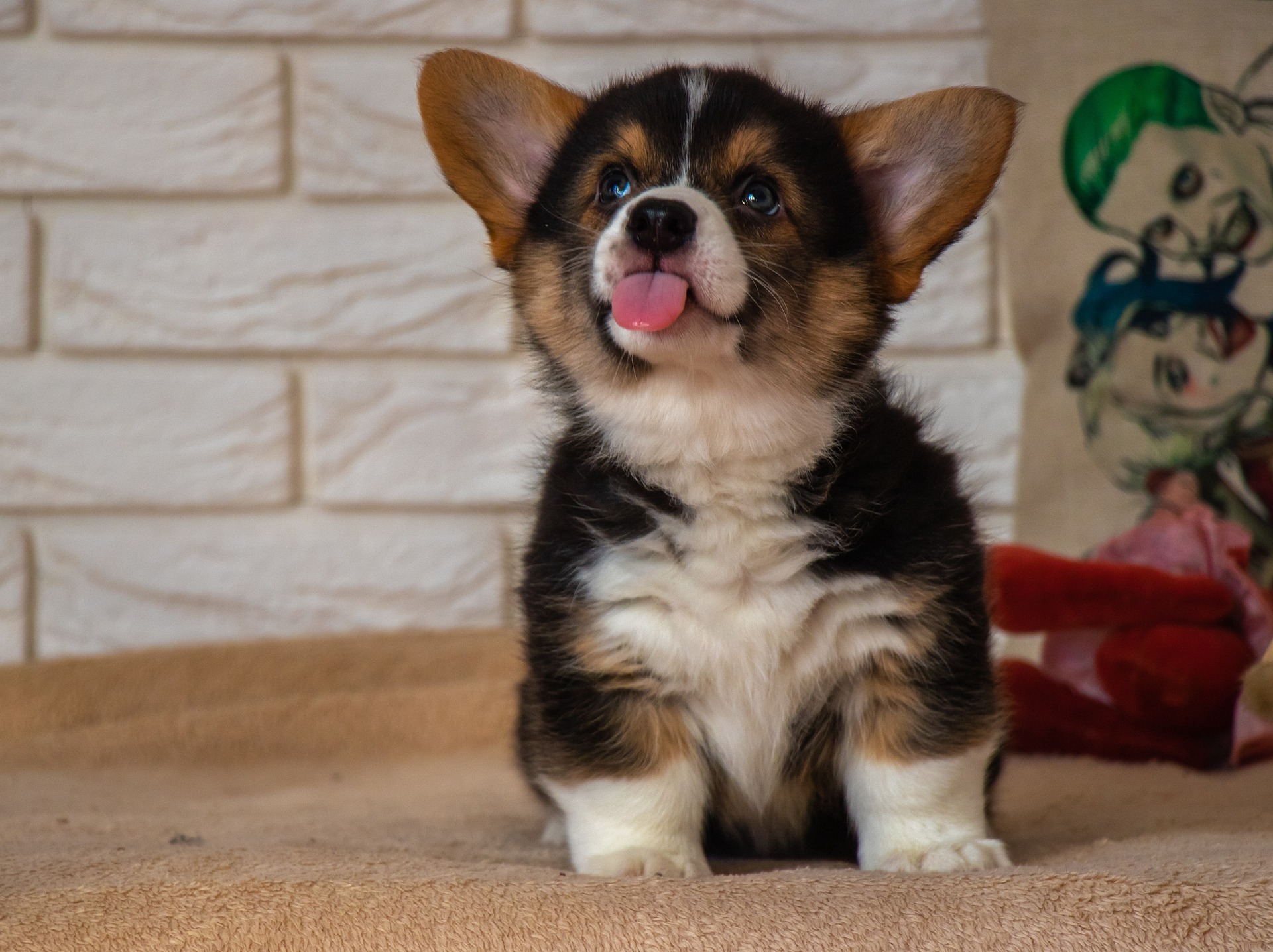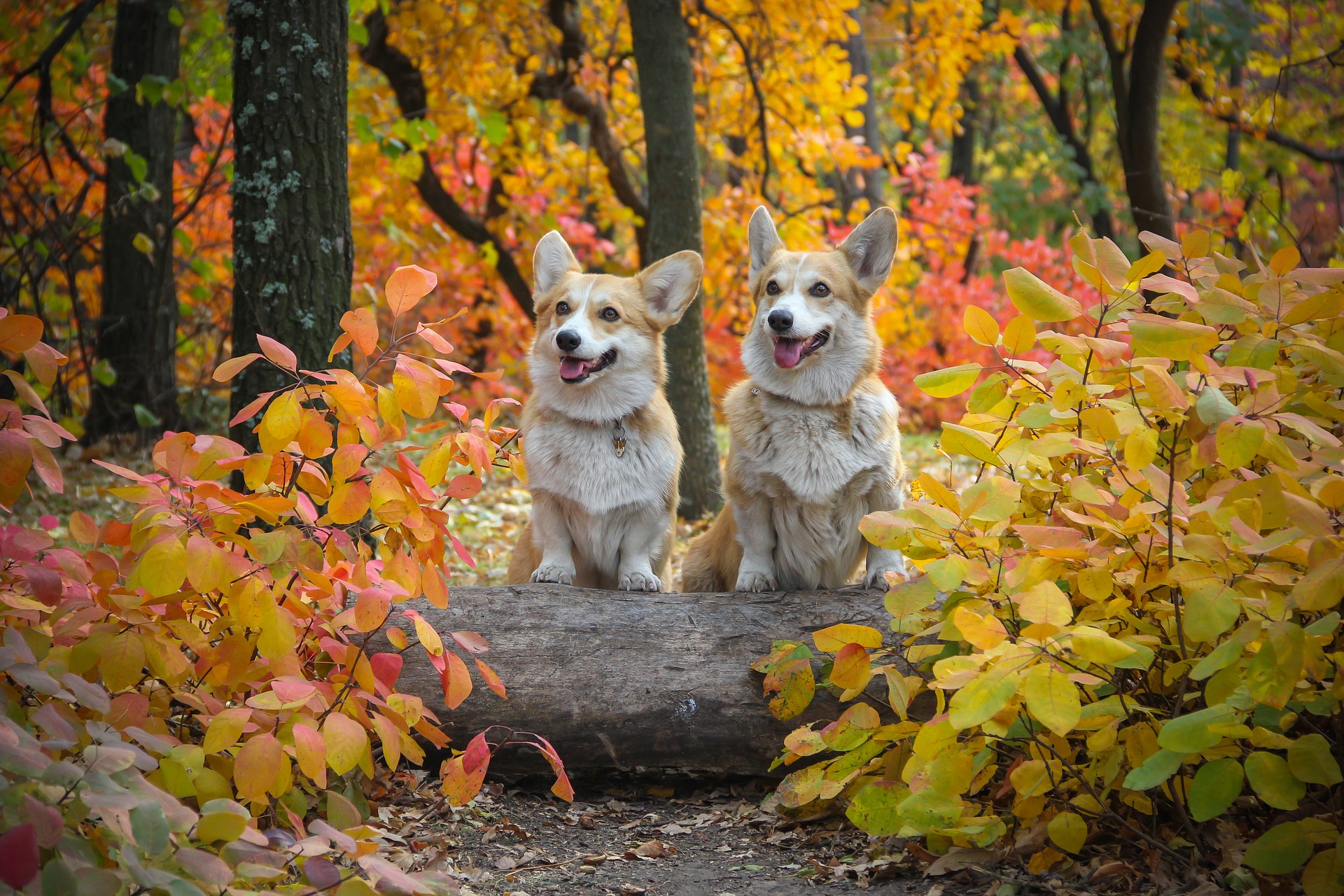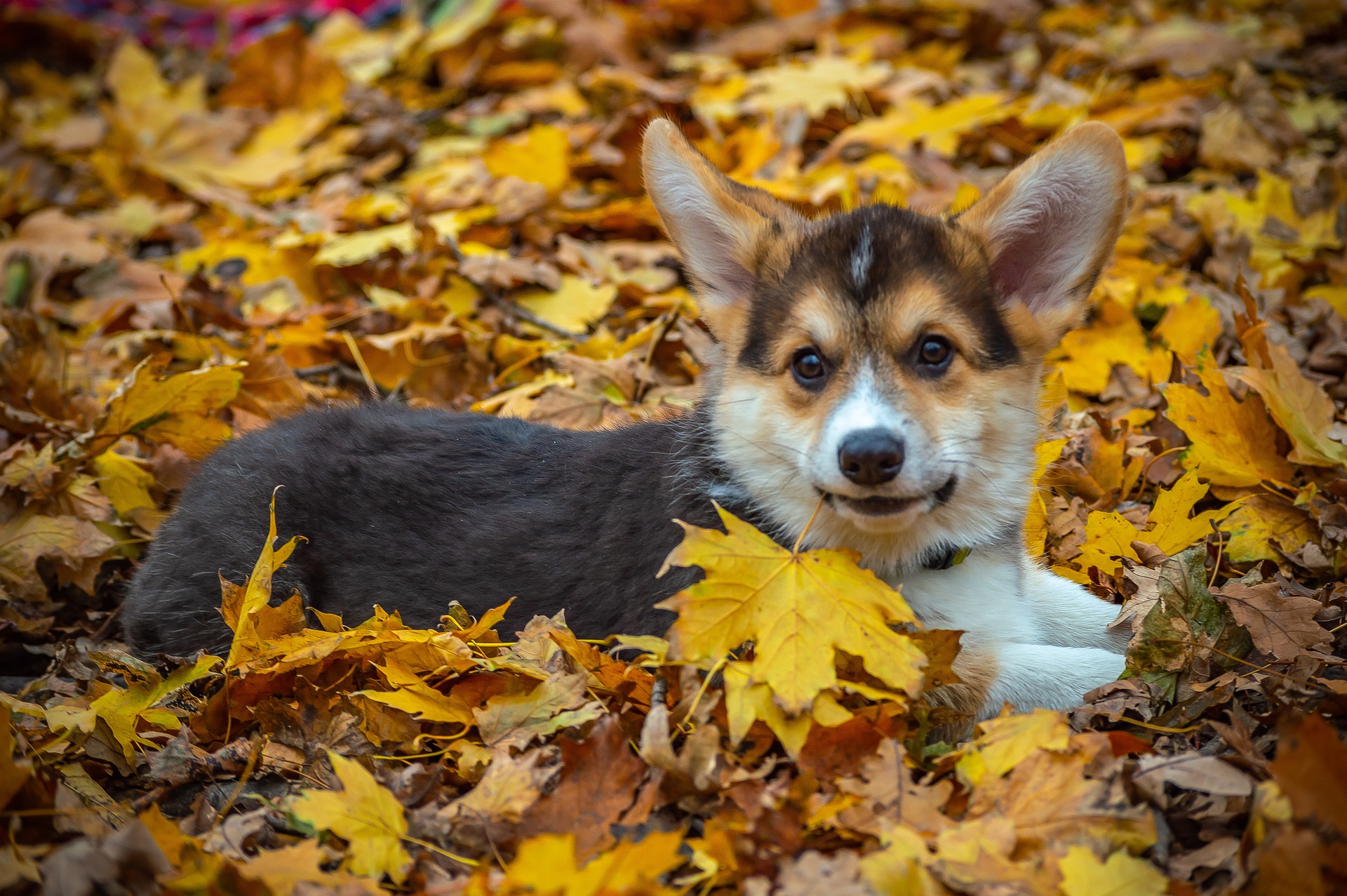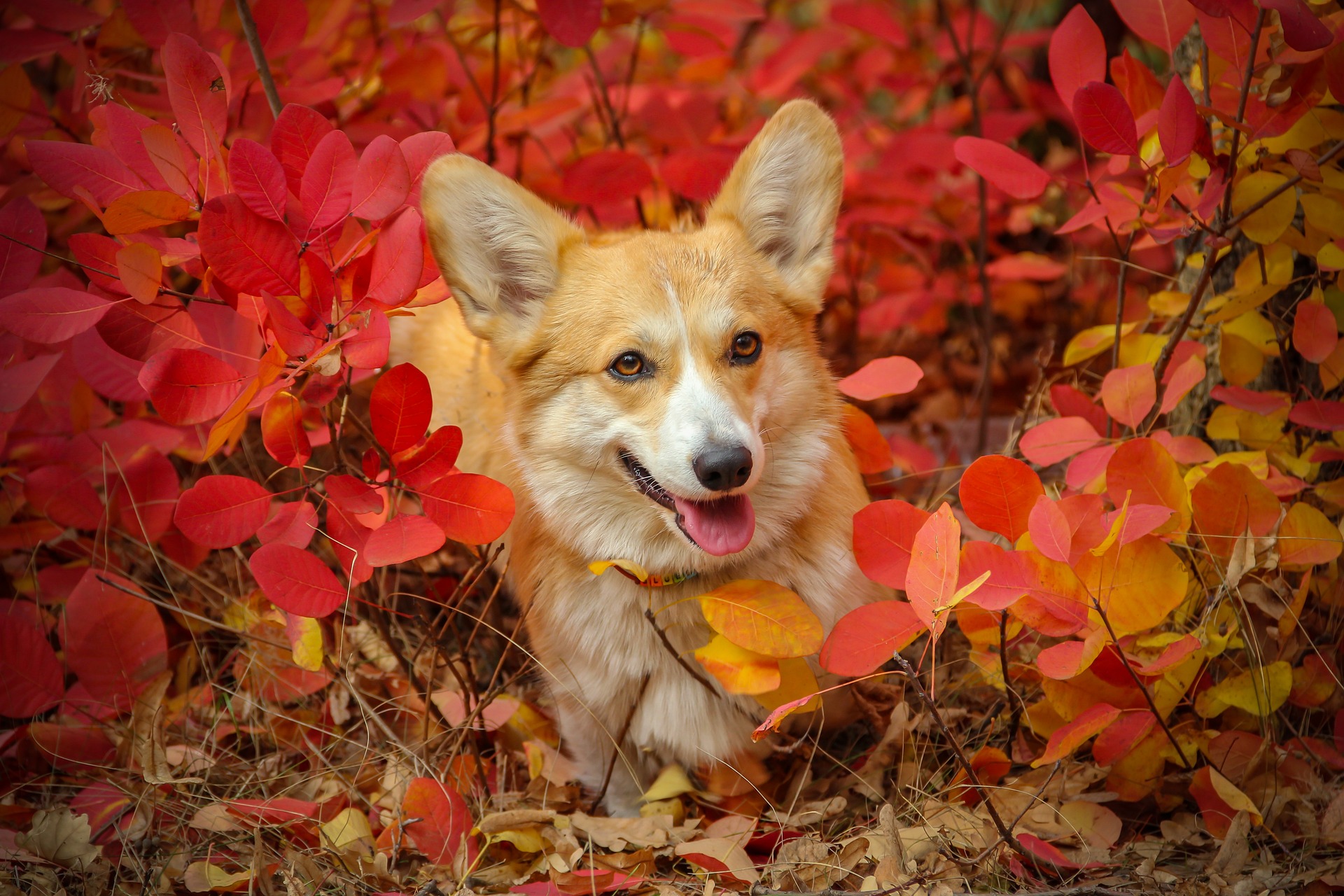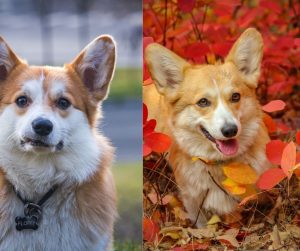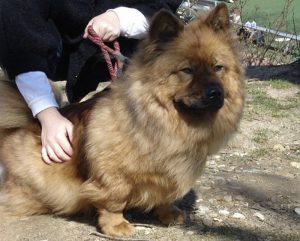Corgis are one of the most beloved dog breeds in the world. They are small, cute, and have a unique body shape that makes them stand out from other dog breeds.
One aspect that makes corgis even more special is their coat color. Corgis come in a variety of colors, each with its own unique charm.
One of the most common corgi colors is red. This color ranges from light to dark shades, and some corgis may have a mixture of red and white.
Another popular color is sable, which is a mix of black and brown. Sable corgis may have a black or brown mask on their face, and their fur may have different shades of brown.
Other colors include black, fawn, and blue merle. Each color has its own unique characteristics, and corgi lovers often have a preference for a specific color.
Corgi Color Genetics
Genetic Basics
Corgis are a breed of dog that come in a variety of colors, including red, sable, black, and blue merle. The color of a corgi’s coat is determined by its genetics, which are inherited from its parents.
Corgis have two copies of each gene, one from each parent. The genes that control coat color are located on the dog’s chromosomes.
Alleles and Inheritance
Each gene has two or more versions, called alleles. The combination of alleles that a corgi inherits from its parents determines its coat color.
Some alleles are dominant, meaning that they will be expressed even if only one copy is present. Other alleles are recessive, meaning that they will only be expressed if two copies are present.
For example, the gene that controls the black color in corgis has two alleles: B (black) and b (brown). If a corgi inherits one B allele and one b allele, it will have a black coat because the B allele is dominant. If a corgi inherits two b alleles, it will have a brown coat because the b allele is recessive.
Coat Color Determinants
There are several genes that control coat color in corgis. One of the most important is the agouti gene, which controls whether a corgi’s coat will be solid or have a pattern.
Another important gene is the merle gene, which causes a marbled or speckled pattern in the coat.
Other genes control the intensity of the coat color, such as the dilution gene, which lightens the coat color, and the brindle gene, which adds stripes to the coat.
Understanding corgi color genetics can help breeders predict the coat colors of their puppies and make informed decisions about which dogs to breed. It also allows owners to appreciate the unique beauty of their corgis’ coats and understand the science behind their colors.
Standard Corgi Colors
Corgis are known for their adorable looks and playful personalities. They come in a variety of colors, each with its unique charm. In this section, we’ll explore the standard colors of Pembroke Welsh Corgis and Cardigan Welsh Corgis.
Pembroke Welsh Corgi Standard Colors
The Pembroke Welsh Corgi puppy is a small herding dog that originated in Wales. According to the American Kennel Club (AKC), the Pembroke Corgi comes in five standard colors:
- Red
- Sable
- Fawn
- Black and Tan
- Tri-color (Black, white, and tan)
The most common color for Pembroke Welsh Corgis is red, followed by sable. The AKC allows white markings on the chest, neck, legs, muzzle, and underparts.
Cardigan Welsh Corgi Standard Colors
The Cardigan Welsh Corgi is a larger herding dog that also originated in Wales. According to the AKC, the Cardigan Welsh Corgi comes in four standard colors:
- Red
- Sable
- Brindle
- Black and Tan
The most common color for Cardigan Corgi dogs is brindle, followed by red. The AKC allows white markings on the chest, neck, legs, muzzle, and underparts.
Non-Standard Corgi Colors
Corgis are known for their distinctive coat colors, which are usually red, sable, or tri-color. However, there are some non-standard colors that can be found in the breed. In this section, we will explore some of these colors and the controversies surrounding them.
Rare and Unusual Colors
One of the rarest colors in the corgi breed is blue. Blue corgis have a grayish-blue coat with black points. This color is caused by a recessive gene that is not commonly found in the breed. Blue corgis are often mistaken for Weimaraners or other breeds with a similar color.
Another rare color in the corgi breed is brindle. Brindle corgis have a coat that is a mixture of black and brown hairs, giving them a striped appearance. This color is also caused by a recessive gene and is not commonly found in the breed.
Color Controversies and Health
There are some controversial colors in the corgi breed that are not recognized by the breed standard. These colors include merle, white, and black and tan.
Merle is a pattern that causes a marbled or mottled appearance in the coat. While some corgi breeders produce merle corgis, the color is not recognized by the breed standard and can be associated with health problems such as deafness and blindness.
White corgis are controversial because they can be associated with health problems such as deafness and skin cancer. While some breeders produce white corgis, the color is not recognized by the breed standard.
Black and tan corgis are controversial because they resemble the coloring of a different breed, the Miniature Pinscher. While some breeders produce black and tan corgis, the color is not recognized by the breed standard and can be associated with health problems such as skin allergies.
Color Changes Over Time
Puppy to Adult Coloration
Corgis are born with a certain color, but their coat color may change as they grow older. It’s not uncommon to see a Corgi puppy with a different color than their adult coat.
This is because puppy coats are often softer and fluffier, and the adult coat will grow in thicker and coarser.
In some cases, a puppy may be born with a certain color but develop a different color as they mature. For example, a red and white puppy may develop more black as they age, resulting in a black and white coat.
It’s important to note that these color changes are not always predictable and may vary from dog to dog.
Aging and Color Fading
As corgis age, their coat may start to fade or change color. This is especially true for red and sable corgis, whose coats may become lighter in color over time.
This is due to a decrease in pigment production as the dog ages.
It’s also important to note that exposure to sunlight can cause a dog’s coat to fade or change color. This is why it’s important to protect your corgi from prolonged exposure to the sun, especially during the summer months.
Color Variations and Patterns
Corgis are known for their adorable looks and unique coloring. There are several color variations and patterns that are commonly found in corgis.
Brindle
Brindle is a pattern that is characterized by a base color with black stripes. The stripes can be thin or thick, and they may be evenly spaced or irregularly spaced. Brindle corgis have a unique and striking appearance that is sure to turn heads.
Merle
Merle is a pattern that is characterized by a mottled or blotchy appearance. The base color is typically light, and the merle pattern is created by patches of darker color.
Merle corgis may have blue or green eyes, which adds to their unique and beautiful appearance.
Sable
Sable is a color variation that is characterized by a base color of red or brown with black hairs mixed in. The black hairs are typically concentrated on the back and tail, while the rest of the body is a lighter color.
Sable corgis have a beautiful and distinctive appearance that is sure to catch the eye.
Point Markings
Point markings are a pattern that is characterized by a base color with darker markings on the ears, muzzle, and tail. The markings may be black, red, or another dark color.
Point markings give corgis a unique and striking appearance that is sure to turn heads.
Corgi Color Care
Grooming for Different Colors
Corgis come in a variety of colors, including red, sable, black, and fawn. Each color requires different grooming techniques to keep their coats healthy and shiny.
For red, sable, and black corgis, regular brushing is key to maintaining a healthy coat. Use a slicker brush to remove any loose fur and prevent matting. For fawn corgis, a rubber curry brush can be used to remove loose fur and dirt.
It’s important to bathe your corgi regularly, but not too often as it can strip their coat of natural oils. Use a dog-specific shampoo and conditioner to keep their coat soft and shiny.
For all corgi colors, it’s important to trim their nails regularly to prevent them from getting too long and causing discomfort. Use a dog-specific nail trimmer and be careful not to cut the quick.
Sun Exposure and Coat Color
Corgis with lighter coats, such as fawn and cream, are more susceptible to sunburn and skin damage from UV rays. It’s important to limit their sun exposure, especially during peak hours of the day.
Applying sunscreen to your corgi’s nose and ears can also help protect their skin from sun damage. Look for a dog-specific sunscreen with an SPF of at least 30.
Corgis with darker coats, such as black and sable, are less susceptible to sun damage but can still benefit from sunscreen if they spend a lot of time outdoors.
Breeding for Color
Ethical Considerations
When breeding for color, ethical considerations should always come first. It’s important to remember that the primary goal of breeding should be to produce healthy and happy dogs, not just to create specific colors or patterns.
Breeders should always prioritize the health and well-being of their dogs above all else.
One important consideration is avoiding inbreeding, which can increase the risk of genetic disorders and health problems. Breeders should also be careful not to prioritize color over other important traits, such as temperament and conformation.
Breeder Color Selection
Many corgi enthusiasts have a particular fondness for certain colors or patterns. When selecting dogs to breed, it’s important to consider both the desired color and the genetics behind it.
Breeders should aim to produce litters with a variety of colors and patterns, rather than just focusing on one specific shade.
Several factors can influence the color of a corgi’s coat, including genetics, diet, and environmental factors. Breeders should be knowledgeable about these factors and work to create a breeding program that produces healthy, happy dogs with a range of colors and patterns.
Overall, breeding for color can be a fun and rewarding aspect of corgi breeding, but it should always be done with the health and well-being of the dogs as the top priority.


